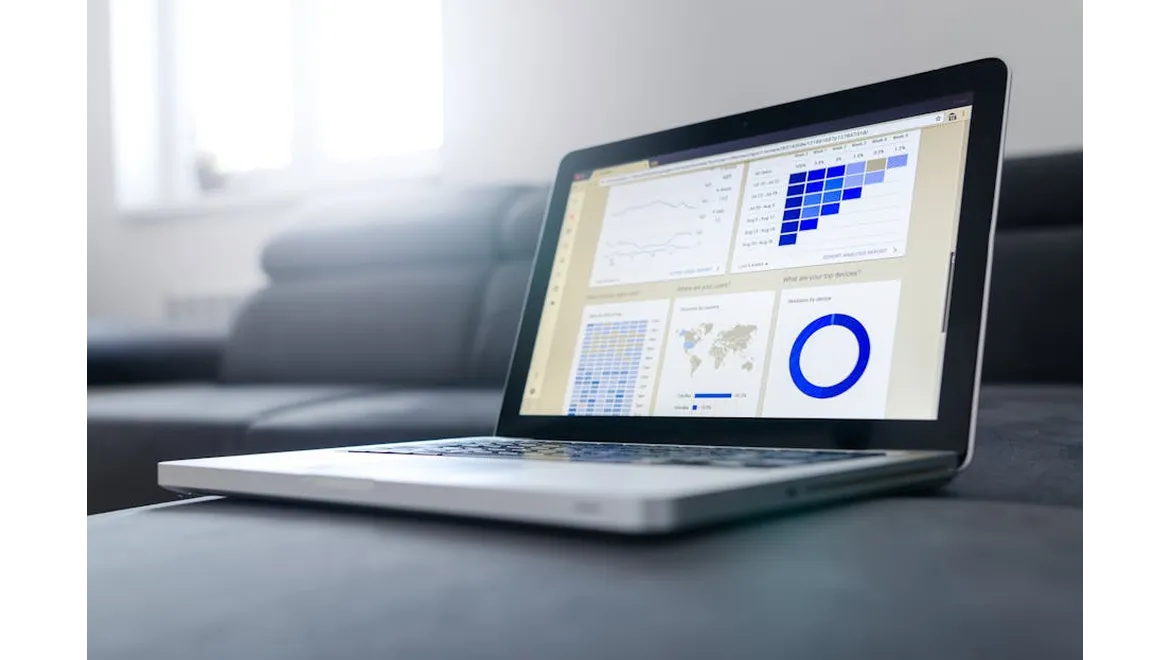Right, let’s talk LinkedIn. For ages, I saw it as just a digital CV, a place to passively exist. But then I realised something: it’s a goldmine for business generation, if you know how to tap into it. And the key ingredient? Data. Specifically, LinkedIn analytics. I’m going to share my journey of analysing LinkedIn data for data-driven decision making.
Understanding Your Audience: It Starts with Knowing Them
Before even thinking about metrics, you need to know who you’re talking to. What are their pain points? What problems are they trying to solve? What kind of content resonates with them? This isn’t guesswork; use LinkedIn’s audience insights. Look at their job titles, industries, skills, and even the groups they belong to. This understanding forms the bedrock of your content strategy. Are you primarily targeting marketing managers in the tech sector, or perhaps CEOs of small manufacturing businesses? Knowing this shapes everything.
Setting Meaningful Objectives
What do you actually want to achieve with LinkedIn? More website traffic? Lead generation? Increased brand awareness? Each objective demands different metrics. For website traffic, focus on click-through rates (CTR) on your posts. For lead generation, look at engagement, comments, and shares – the more interaction, the greater the opportunity to nurture leads. For brand awareness, reach and impressions are key – how many people are seeing your content? Don’t just aimlessly post; have a clear goal in mind.
Diving Deep into LinkedIn Analytics: The Metrics That Matter
Now for the fun part: the numbers! LinkedIn’s analytics dashboard offers a wealth of data. Here’s what I pay close attention to:
-
Reach and Impressions: Reach tells you the unique number of people who saw your content, while impressions show the total number of times your content was displayed. A high impression count with a low reach suggests you’re reaching the same people multiple times. Is this good, or are you not expanding your audience enough?
-
Engagement Rate: This is the percentage of people who interacted with your post (likes, comments, shares) compared to the number who saw it. A low engagement rate suggests your content isn’t resonating with your audience. Try experimenting with different formats or topics.
-
Click-Through Rate (CTR): If you’re linking to your website or other resources, CTR is crucial. A low CTR means people aren’t compelled to click. This could be due to a weak headline, unappealing visuals, or a lack of a clear call to action.
-
Demographics: LinkedIn tells you the job titles, industries, and locations of the people engaging with your content. Are you reaching your target audience? If not, you may need to refine your targeting or content strategy.
Using A/B Testing to Hone Your Strategy
Data is valuable but A/B testing is invaluable. Don’t just assume you know what works; test it! Here’s how I use A/B testing:
-
Headlines: Try different headlines for the same piece of content. One with a question, another with a statistic, another highlighting a benefit. Track which headline generates the most clicks and engagement.
-
Visuals: Experiment with different images and videos. Do short, snappy videos perform better than static images? Do bright, colourful images attract more attention than professional headshots? The answers might surprise you.
-
Content Formats: Try mixing things up. Share articles, post polls, create short videos, or even run LinkedIn Live sessions. See which formats resonate most with your audience.
-
Call to Actions: A/B test different call to actions. Do you get more clicks with “Learn More” or “Download Now”? Small tweaks can make a big difference.
Regular Review and Iteration
The beauty of LinkedIn analytics is that it’s a continuous feedback loop. Don’t just analyse your data once; make it a regular habit. Set aside time each week or month to review your key metrics and identify areas for improvement. Are your engagement rates dropping? Experiment with new content formats. Is your website traffic stagnant? Revamp your headlines and calls to action. Use the data to inform your decisions and constantly refine your approach. When I review my results, I identify my best performing posts and then ask myself why they performed so well. Was it the topic? The visuals? The headline? The call to action? I use these insights to inform my content strategy going forward.
In essence, LinkedIn isn’t just a place to build a profile; it’s a powerful tool for generating business, and using the built-in analytics to understand who your target market is, how to engage them, and using the correct approach helps make sure that you’re not just broadcasting your message out to the world but you’re actively engaging with the people who need you.











